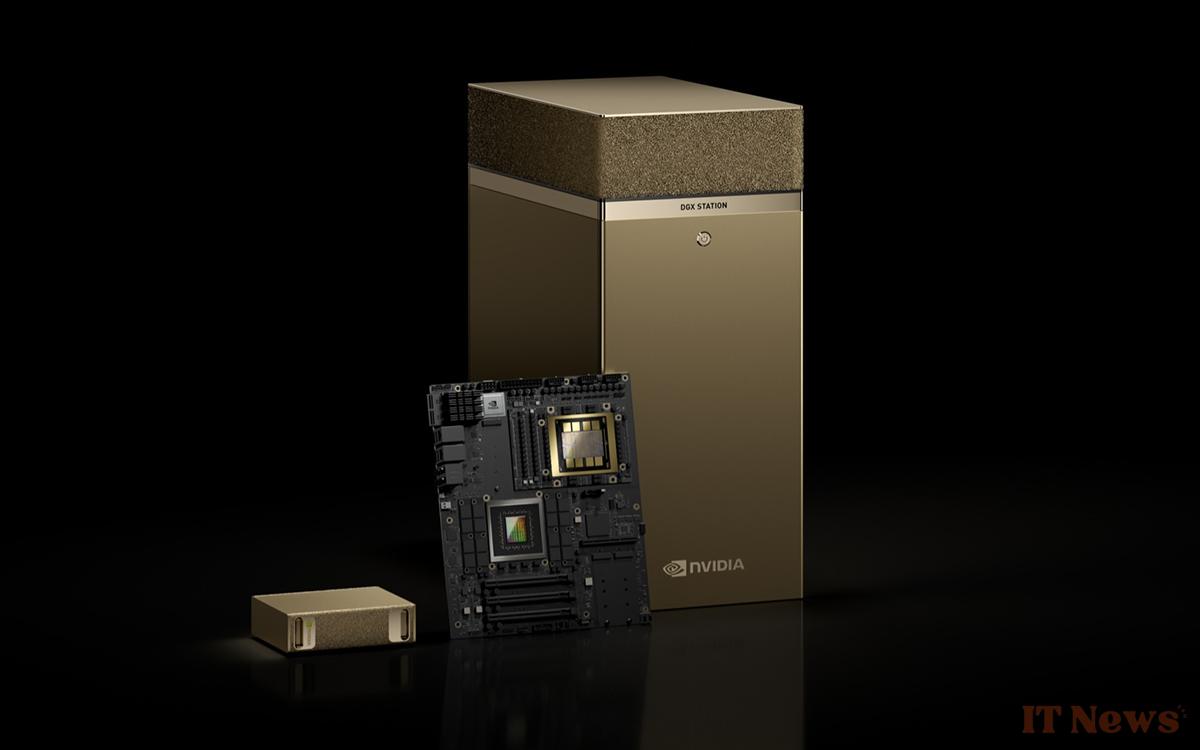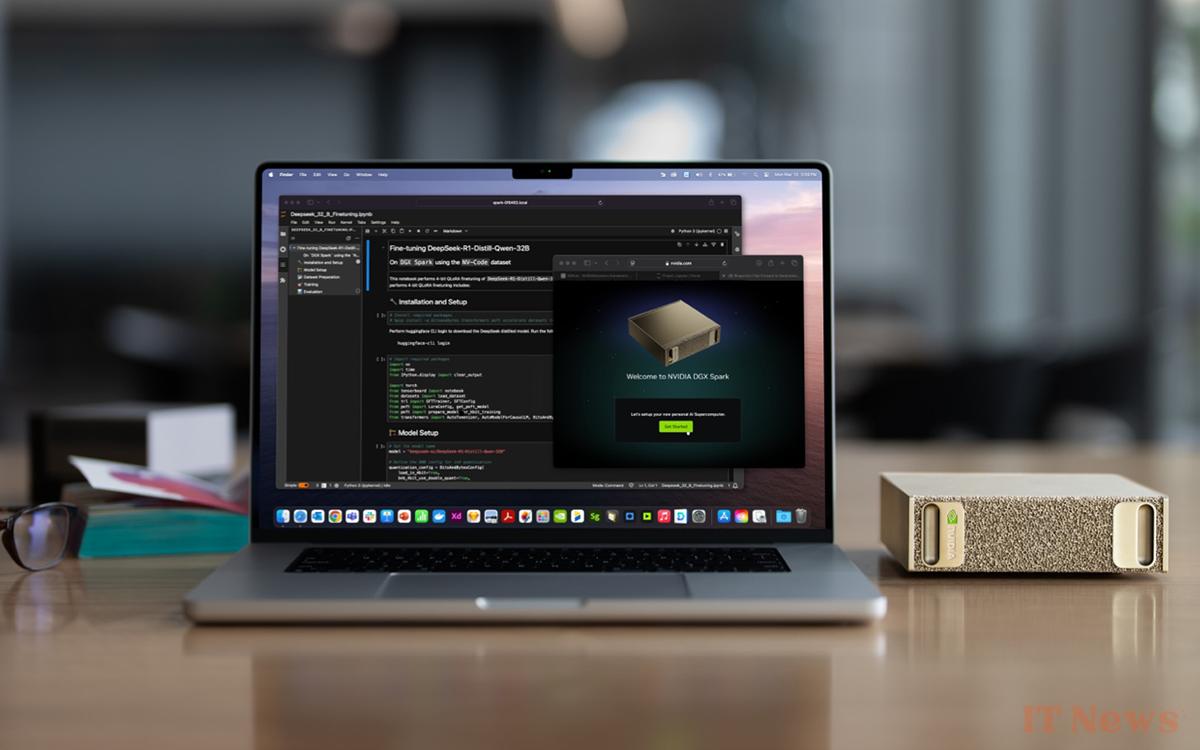Nvidia unveils two personal supercomputers designed for artificial intelligence. The DGX Spark and DGX Station aim to enable everyone to work on AI at home.
When we think of a supercomputer, we generally imagine a machine that takes up a huge amount of space, the equivalent of a large room or more. And it's clear that this is often the case. This type of infrastructure makes it possible to create devices far more powerful than the PCs we work on. This is an essential condition for carrying out extremely resource-intensive operations, such as those related to the development of artificial intelligence.
Read also – A supercomputer the size of a shoebox? This tech giant is aiming for the impossible
Nvidia wants to change that. The company known for its graphics cards is unveiling two supercomputers no bigger than our personal machines. One of them is even “the world’s smallest AI supercomputer”: the DGX Spark, accompanied by its big sister, the DGX Station. They are visible in the image that serves as the main illustration for this article. It’s clear that in terms of size, Nvidia hasn’t lied. What's inside?
The DGX Spark and DGX Station allow you to work on AI at home
Let's take a look at the smaller model first. The chip, or rather the "superchip" that serves as the heart of the DGX Spark is an Nvidia GB10 Grace Blackwell, capable of 1,000 trillion operations per second, or 1,000 TOPS. The mini PC has 128 GB of unified memory, which means that both the CPU and GPU can use it at the same time. On the storage side, Nvidia offers NVMe SSDs with up to 4TB of space.
Logically, the DGX Station takes advantage of its larger size to do even better. It uses a GB300 Grace Blackwell Ultra Desktop superchip. With it, we go to 20,000 trillion operations per second, or 20 petaflops. The memory, also unified, climbs to 784 GB. No details on storage, however, although we expect several TB of base storage.
What can Nvidia's DGX Spark and Station DGX be used for?
Let's be clear, buying either of these supercomputers is not really worthwhile unless you fall into one of the categories cited by Nvidia: “AI developers, researchers, data scientists, and students.” If you're an enlightened and very enthusiastic amateur, this works too.
The main idea behind these machines is to allow you to “prototype, refine, and infer large models [of language] on [your] desktop computer.” To put it more clearly, it's about being able to work on artificial intelligence locally, without having to rely on third-party servers. Note that it's always possible to deploy the work done in the cloud to take advantage of the computing power of a data center if you wish.
Read also – Nvidia announces the era of humanoid robots and unveils an open-source AI model to run them
The price of the DGX Spark or the DGX Station has not been revealed, knowing that each manufacturer offering its version will probably set its own price. Nvidia nevertheless indicates that a computer with a similar configuration to the DGX Spark would cost around $3,000 (€2,770 at the time of publication).
It's an investment, but not as high as you might have imagined. It's not uncommon for a gaming PC to carry such a price tag. You can already reserve the DGX Spark on the Nvidia website, by choosing a manufacturer. As for the Station version, it will be available later in 2025.





0 Comments